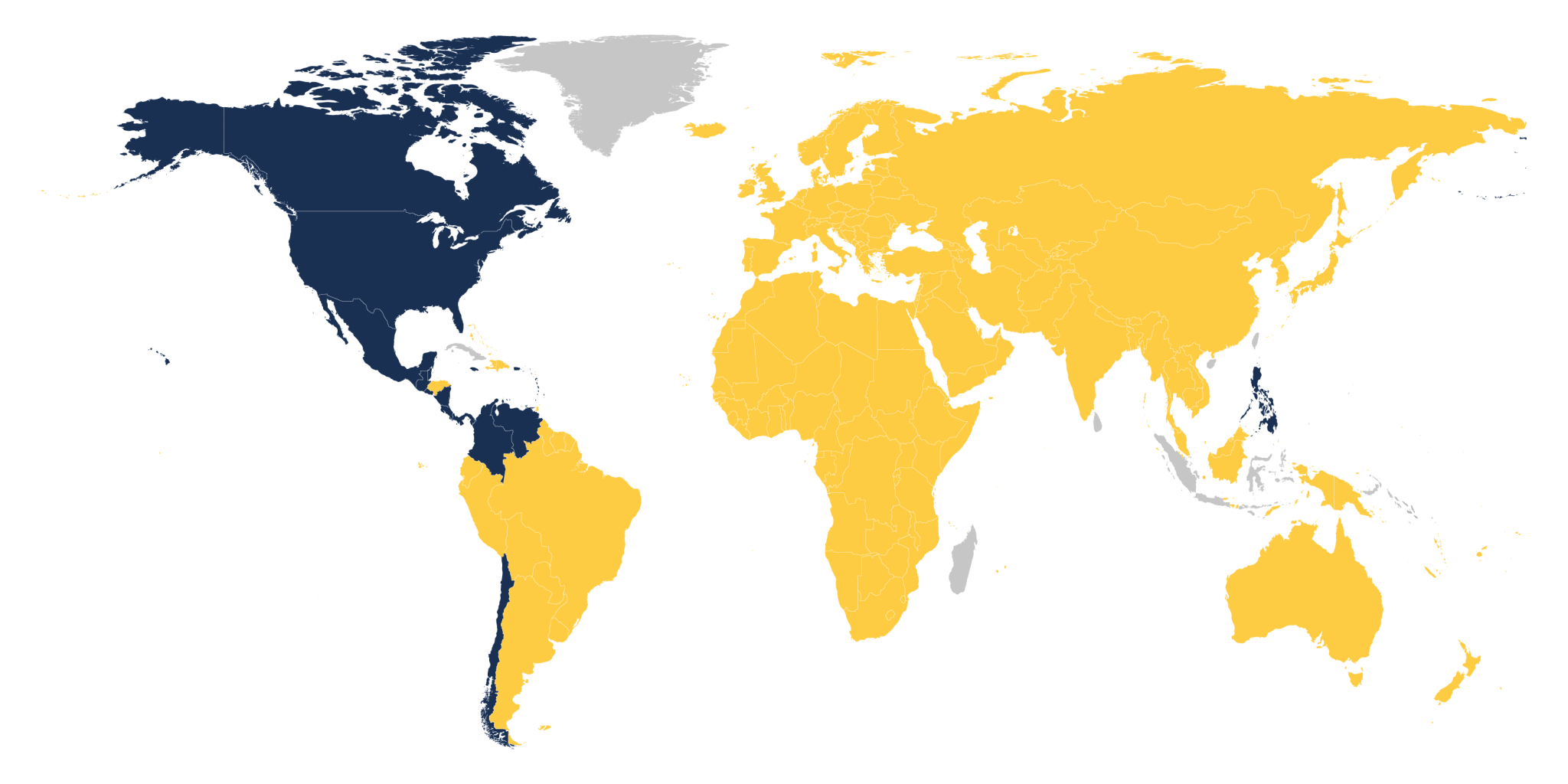a4 paper is a standardized paper size widely used around the world. It is a versatile and practical choice for a wide range of applications, from printing documents to creating artwork. Understanding the properties and uses of A4 paper is essential for anyone who regularly works with paper-based materials.
Understanding the Dimensions of a4 size
Dimensions and Aspect Ratio
A4 paper has a rectangular shape with specific dimensions:
- Width: 210 millimeters (8.27 inches)
- Height: 297 millimeters (11.69 inches)
- Aspect Ratio: 1:√2
The aspect ratio is a key characteristic of A4 paper. It means that the paper’s height is approximately 1.414 times its width, which creates a visually pleasing and balanced appearance.
Paper Weight and Types
A4 paper is available in various paper weights, which measure the thickness and density of the paper. The most common weights are:
- 80 gsm: Standard weight for everyday printing
- 100 gsm: Heavier weight suitable for presentations and reports
- 120 gsm: Even heavier weight for brochures and flyers
Here is a table summarizing the different paper weights and their recommended uses:
| Paper Weight (gsm) | Recommended Use |
|---|---|
| 80 | Everyday printing |
| 100 | Presentations and reports |
| 120 | Brochures and flyers |
Applications of A4 Size in Various Industries

Education Sector
In schools and universities, A4 paper is the standard choice for printing assignments, worksheets, and study materials. Its portable size makes it convenient for students to carry in folders and binders.
Corporate Environment
A4 paper is widely used in offices for printing documents, reports, memos, and presentations. Its compatibility with printers and copiers makes it a practical choice for everyday business operations.
Creative Industries
Artists and designers often prefer A4 paper for sketching, drawing, and creating illustrations. Its manageable size allows for easy scanning and digital reproduction of artwork.
Historical Evolution of A4 Size: From Rag to Standard

Origins of A4 Size
The origins of A4 paper can be traced back to the early 20th century. In 1921, the German Institute for Standardization (DIN) introduced a series of paper sizes known as DIN 476. These sizes were based on the metric system and were designed to improve efficiency and interoperability among different types of paper.
Standardization by ISO
In 1975, the International Organization for Standardization (ISO) adopted most of the DIN 476 paper sizes as ISO 216. ISO 216 defines a range of paper sizes from A0 to A10, with A4 being the most commonly used size worldwide.
Global Acceptance
Over the years, A4 paper has gained widespread acceptance and recognition as the international standard for paper size. Its consistent dimensions make it easy to use across different countries and industries.
Benefits of Using A4 Size for Documents and Presentations
Consistency
One of the key benefits of A4 paper is its consistent size and aspect ratio. This ensures that documents and presentations maintain a professional look and layout, whether printed or shared electronically.
Compatibility
A4 paper is compatible with a wide range of printers, copiers, and scanners. This makes it easy to produce high-quality prints and reproductions without any loss of content or distortion.
Cost-Effectiveness
Due to its popularity and widespread availability, A4 paper is cost-effective and budget-friendly for individuals and organizations. Bulk purchasing options further reduce the overall printing costs.
Standardization of A4 Size: Ensuring Global Consistency
ISO 216 Specifications
ISO 216 defines the dimensions and tolerances for A4 paper, ensuring uniformity and consistency in its production and usage worldwide. This standardization facilitates seamless communication and exchange of documents across borders.
Regulatory Compliance
Many governments and organizations mandate the use of A4 paper for official documents and correspondence. Adhering to these regulations helps maintain compliance and professionalism in business interactions.
Environmental Impact
Standardizing A4 paper size has environmental benefits, such as reducing paper waste and optimizing printing efficiency. By using a common paper size, companies can minimize their ecological footprint and promote sustainable practices.
Comparison of A4 Size with Other Paper Sizes
A4 vs. Letter Size
A4 paper is slightly taller and narrower than the Letter size used in North America. While the differences are minimal, they can affect the layout and formatting of documents when switching between the two sizes.
A4 vs. Legal Size
Legal size paper is longer and narrower than A4 paper, primarily used for legal documents and contracts. The distinct size variations between A4 and Legal can lead to compatibility issues when printing or sharing files.
A4 vs. A3 Size
A3 paper is twice the size of A4, commonly used for posters, diagrams, and large-format prints. The transition from A4 to A3 requires scaling and adjustments to accommodate the larger dimensions.
Tips for Optimizing Document Layouts for A4 Size
Margins and Padding
Maintain adequate margins and padding around the content to prevent text or images from getting cut off during printing. Consider the printable area of A4 paper when designing layouts.
Font Size and Line Spacing
Choose readable fonts and appropriate line spacing to enhance the readability of the document. Avoid overcrowding the page with text or graphics to maintain a clean and organized appearance.
Image Resolution
When inserting images or graphics, ensure high resolution for optimal print quality. Low-resolution images may appear pixelated or blurry when printed on A4 paper, compromising the overall presentation.
Future Perspectives on the Use of A4 Size
As technology continues to advance, the relevance and importance of A4 paper size remain significant in the digital age. The adoption of electronic documents and online platforms has not diminished the demand for A4 paper, especially in sectors where physical copies are still preferred.
Conclusion: A4 Size as a Universal Paper Standard
In conclusion, A4 paper size has become a universal standard for document printing and reproduction worldwide. Its consistent dimensions, aspect ratio, and availability make it a reliable choice for various industries and applications. By understanding the history, benefits, and specifications of A4 paper, individuals and organizations can optimize their use of this international paper standard. Whether in education, business, or creative endeavors, A4 size continues to play a crucial role in facilitating communication and creativity across borders.
Brochures and Flyers
Marketing Collaterals
Brochures and flyers are essential marketing tools used by businesses to promote products, services, or events. The A4 size is commonly preferred for designing these materials due to its versatile layout and print compatibility.
Design Considerations
When creating brochures and flyers on A4 paper, designers need to consider the folding options available. A4 can be folded in various ways such as half-fold, tri-fold, or gate-fold, allowing for creative and engaging layouts.
Content Organization
Organizing content effectively on an A4 brochure or flyer is crucial for capturing the audience’s attention. Use clear headings, bullet points, and high-quality images to convey information concisely and attractively.
As with other applications, the A4 paper size offers a balance of usability and space optimization for designing brochures and flyers across different industries.